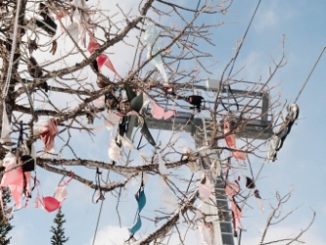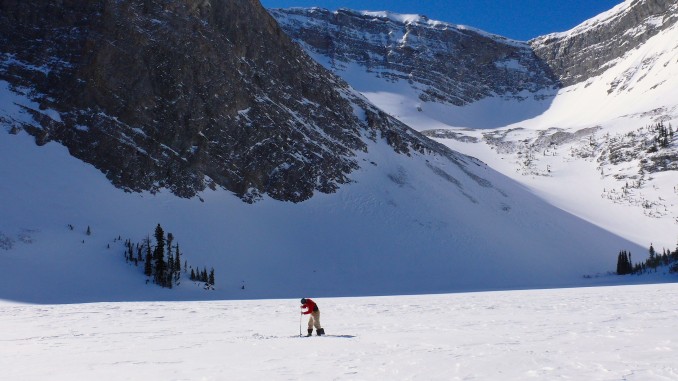
Over the coming months I am hoping to highlight several outdoor-related professions through interviews, stories, and photographs. Part one in this series features a conversation with Michael Jokinen, an Intermediate Wildlife Biologist with the Alberta Conservation Association (ACA). Michael has a Renewable Resource Management diploma and a Fish and Wildlife Technology certificate from Lethbridge College, as well as an Environmental Science degree from the University of Lethbridge. He has been working with the ACA for the past 13 years and is now based out of Lethbridge after spending the first eight years in Blairmore.
I first had the pleasure of meeting Michael last March when I attended a presentation hosted by the Friends of Fish Creek Provincial Park Society. Michael was speaking about Alberta’s carnivores and how remote trail cameras are being utilized as a non-invasive way to study wildlife. I spoke with Michael briefly after his presentation regarding my own trail camera project (which you can read about on my previous post titled Wildlife Watch) and have kept in touch intermittently via e-mail ever since. Michael was gracious enough to answer several of my questions before heading to northern Alberta where he’ll be working in the field over the next couple months.
CG: “It sounds like you’ve worked on a variety of projects throughout your career. Can you tell me about a few of the most memorable ones?”
I have to include my first summer with the ACA when I was conducting fisheries inventories in the Crowsnest Pass region. It was a perfect way to really get to know the area as we were often sampling the headwaters of the streams and creeks to determine whether they contained Trout. That summer, I realized how unique and beautiful the southwest corner of the province really is.
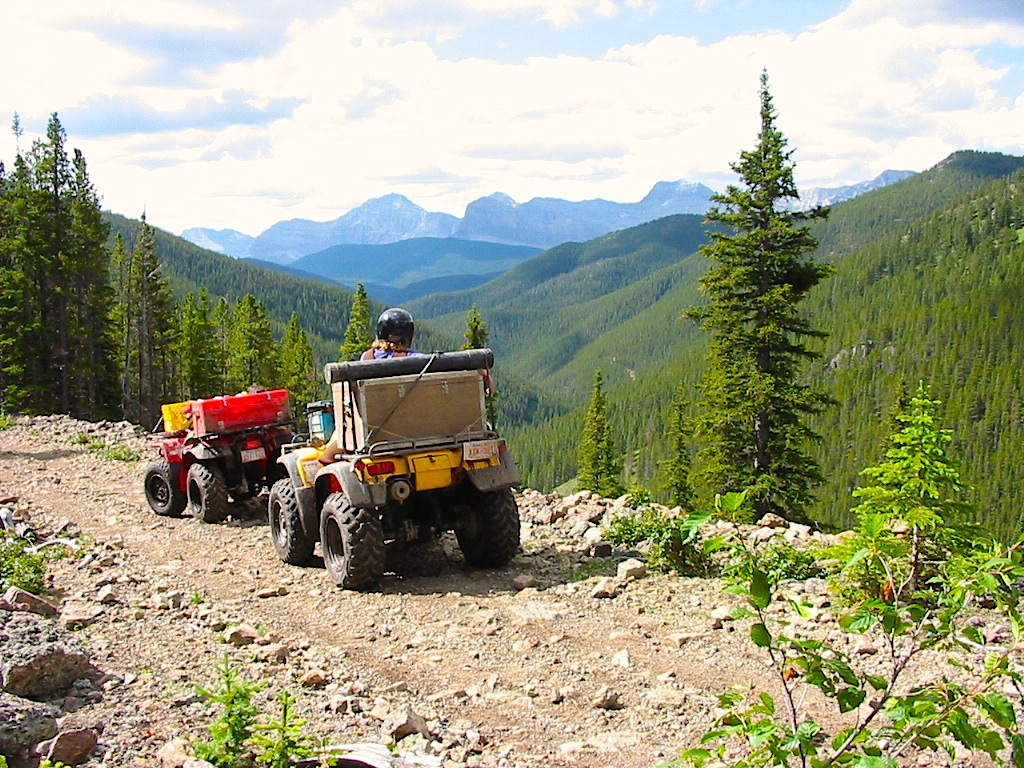
Another fish related project that comes to mind is the sampling of high mountain lakes in the region. I am an avid fly-fisher and I love to fish all destinations that involve adventure and hardiness. The project introduced me to the high mountain lakes in the area and I have revisited every single one of those lakes since, some on multiple occasions, some in the middle of winter and some just for the challenge. They truly are special places!
The Yarrow-Castle Bighorn Sheep project is a shoe-in. Our objective was to determine female Bighorn survival rates, female reproductive rates, and lamb survival rates in the Bighorn population, located just north of Waterton Lakes National Park. I was the primary field researcher on the project, which lasted for over three years, and I feel the experiences and knowledge I gained while conducting this research sculpted my occupational pursuit.
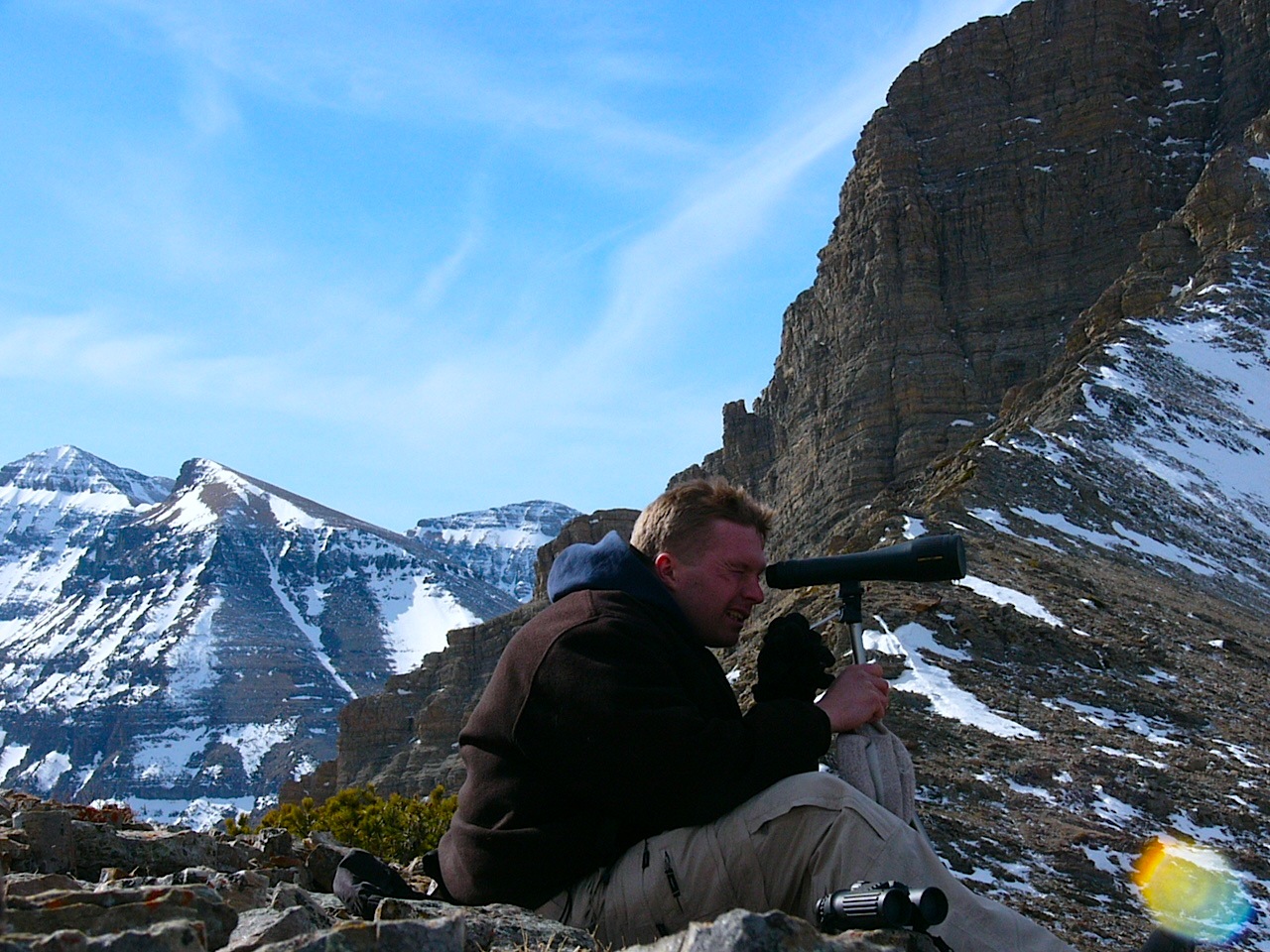
I am extremely passionate for those critters that endure and thrive in our mountainous regions. Therefore I was really excited when I had the opportunity to learn more about the Mountain Goat and Bighorn populations in the southwest region by monitoring mineral licks using trail cameras. Naturally occurring mineral licks on the landscape provide goats, sheep, deer, moose, and elk with necessary nutrients and elements at those times of the year when they often have dietary deficiencies. Welcome my camera addiction!
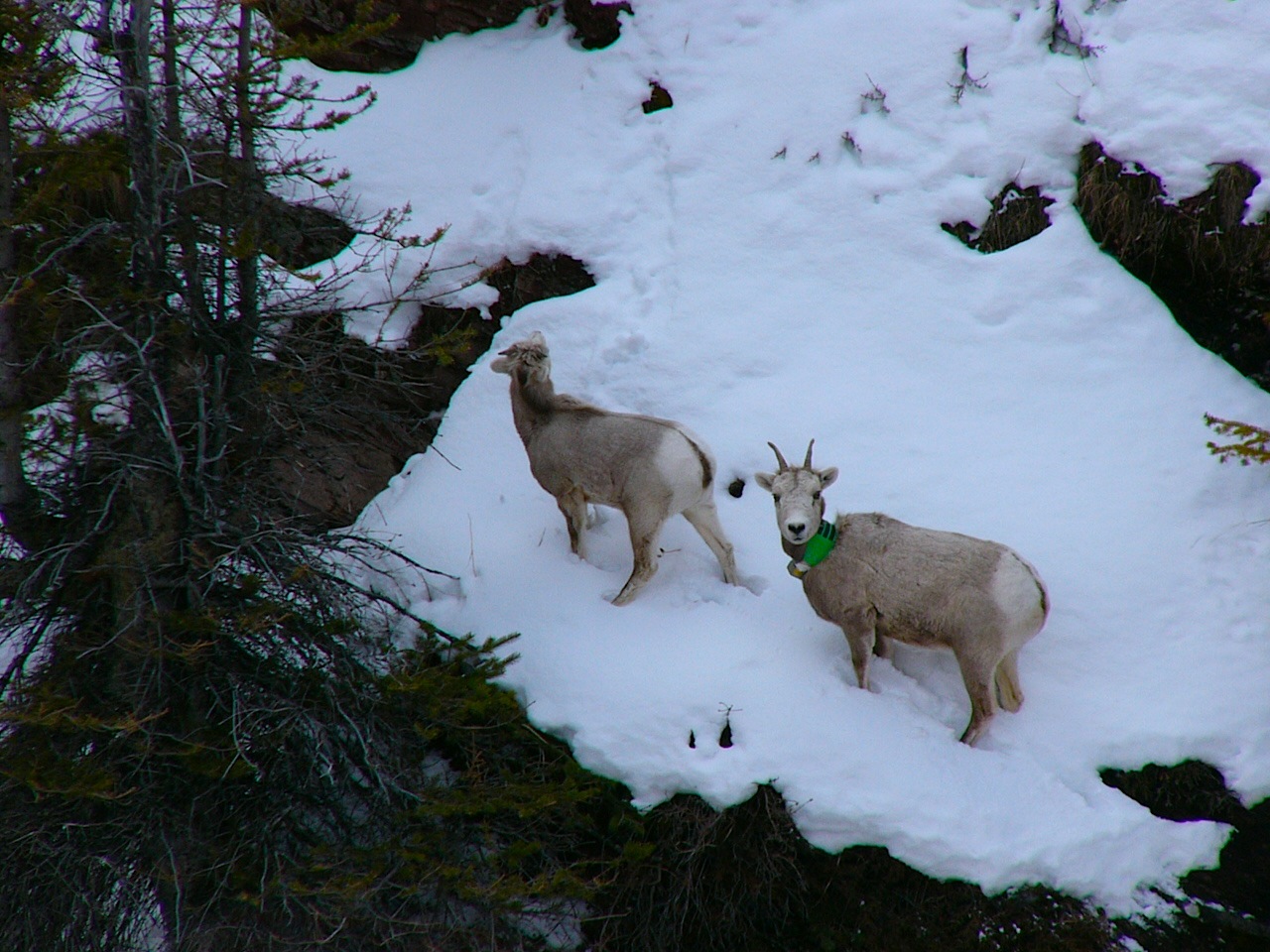
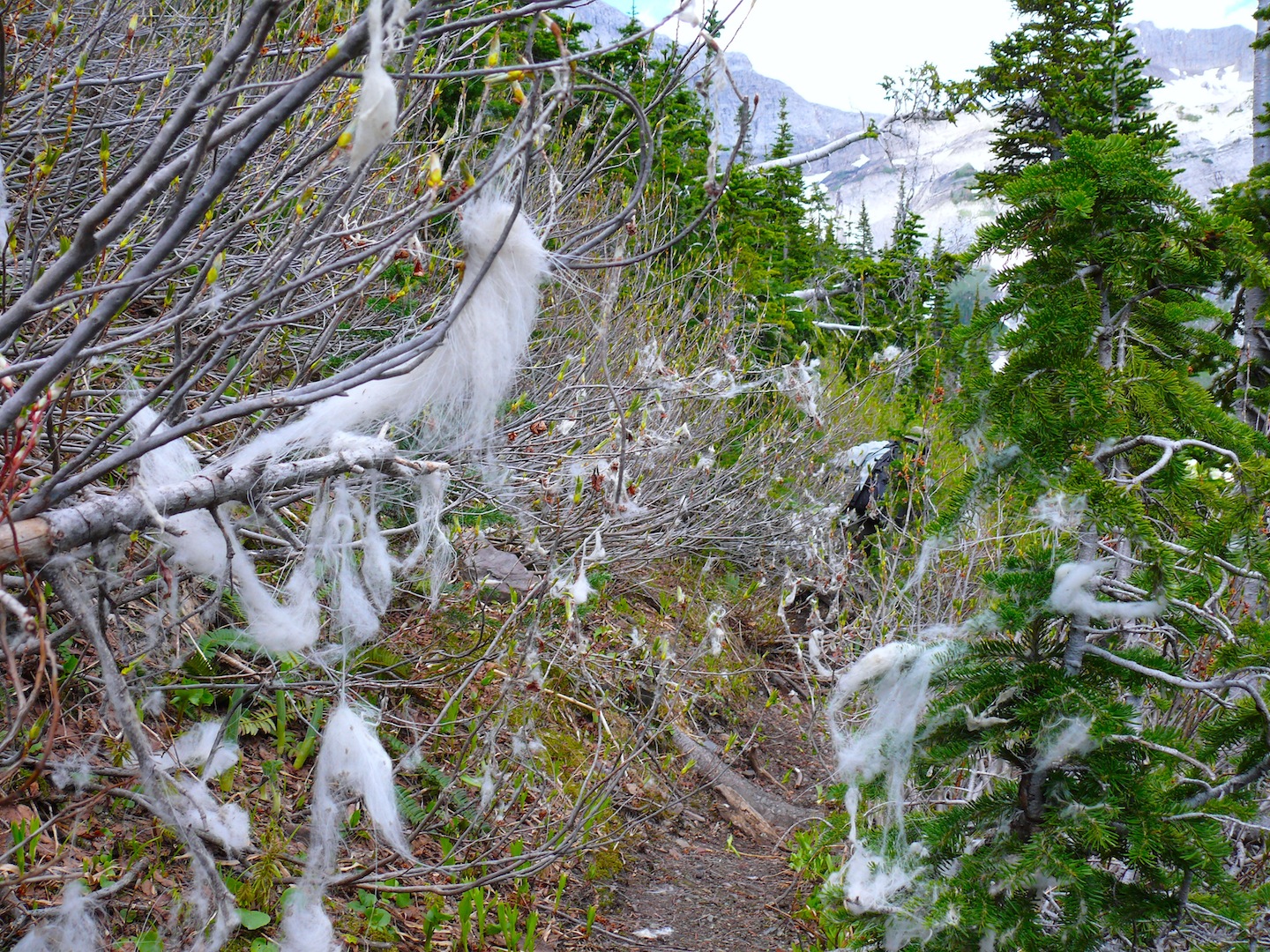
Lastly, the wolverine project. Where do I begin? Four years ago, the ACA partnered with the Alberta Trappers Association (ATA) to help identify where wolverines occur in the province and try to determine what factors might influence their distribution. Trappers were some of the only individuals in the province that had any experience with wolverine and until more recently, they were the only source of information the province had for wolverine distribution and trends. The past two winters have strictly focused on the Boreal region of the province. The wolverine population is greater in the Boreal, largely because it’s such a vast landscape. Having the trappers assist in collecting the information is a huge help and would be impossible to replicate as it would require an enormous amount of resources.
Editor’s Note: For additional information about Trappers in Alberta, please see my post Wild Jobs Part Eight: Trapper.
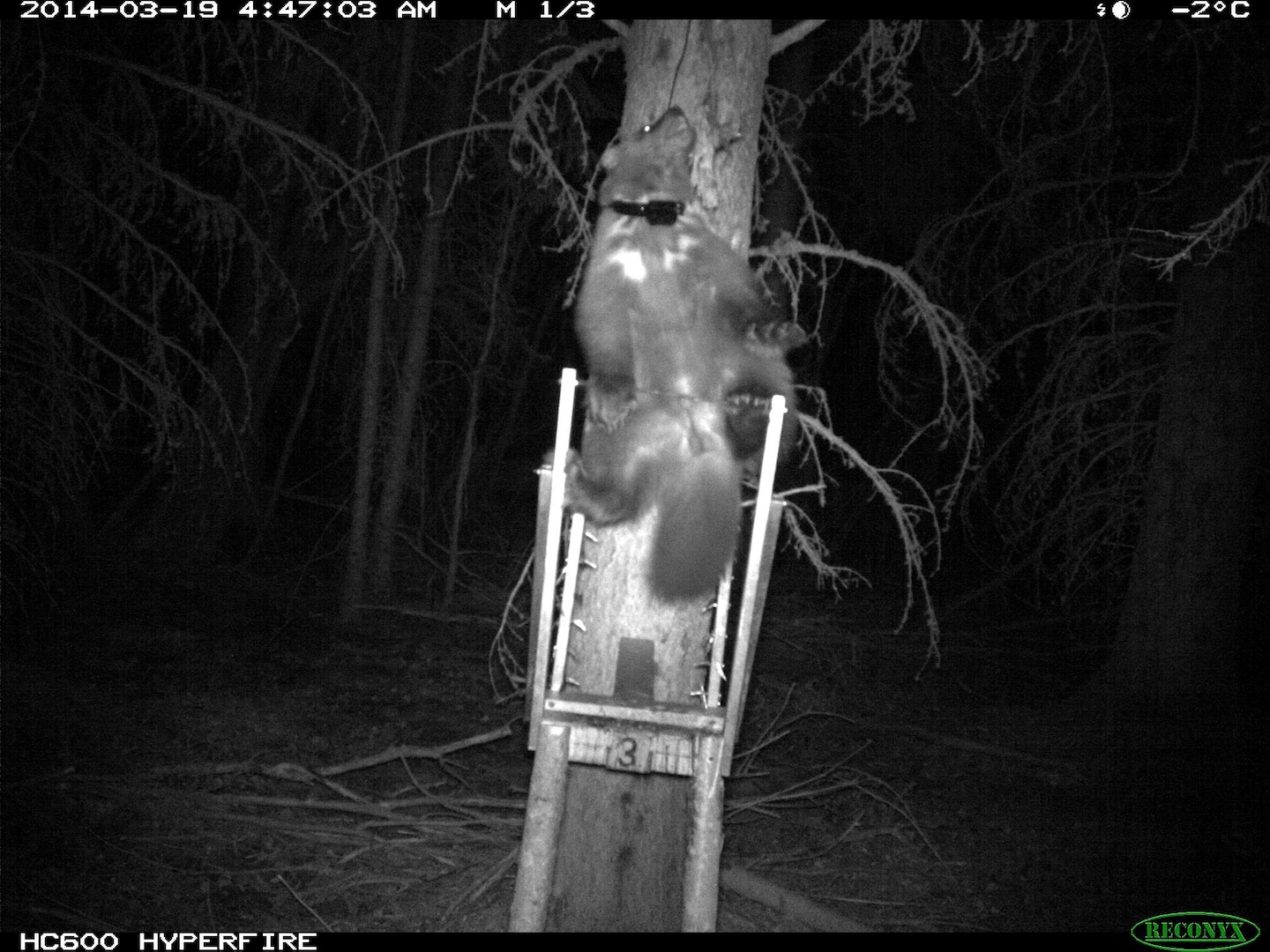
Then last winter, the wolverine project expanded into a collaring component that is focused on identifying the effects of industry on wolverine ecology in the Boreal Forest. The ACA and ATA partnered with the University of Alberta and are working closely in the field with PhD student Matt Scrafford. I have been fortunate enough to work on this project and I think I can go on and on about the things we’ve experienced and learned so far.
CG: “If you had to pick one of the above as your absolute favourite, which one would it be?”
The wolverine project, primarily because wolverines are super cool! They represent true wilderness, are masterful survivalists, and are spirited in nature.
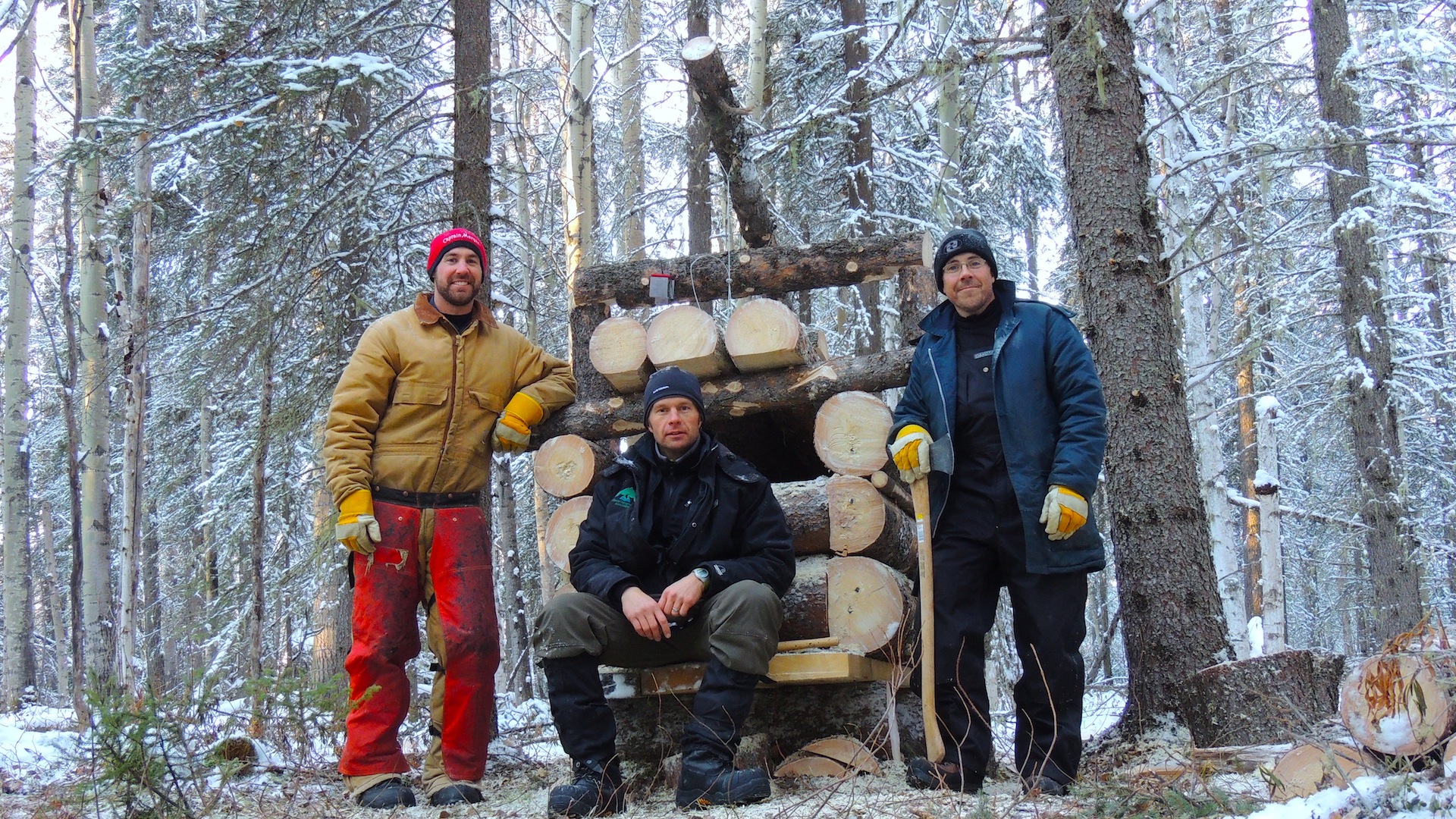
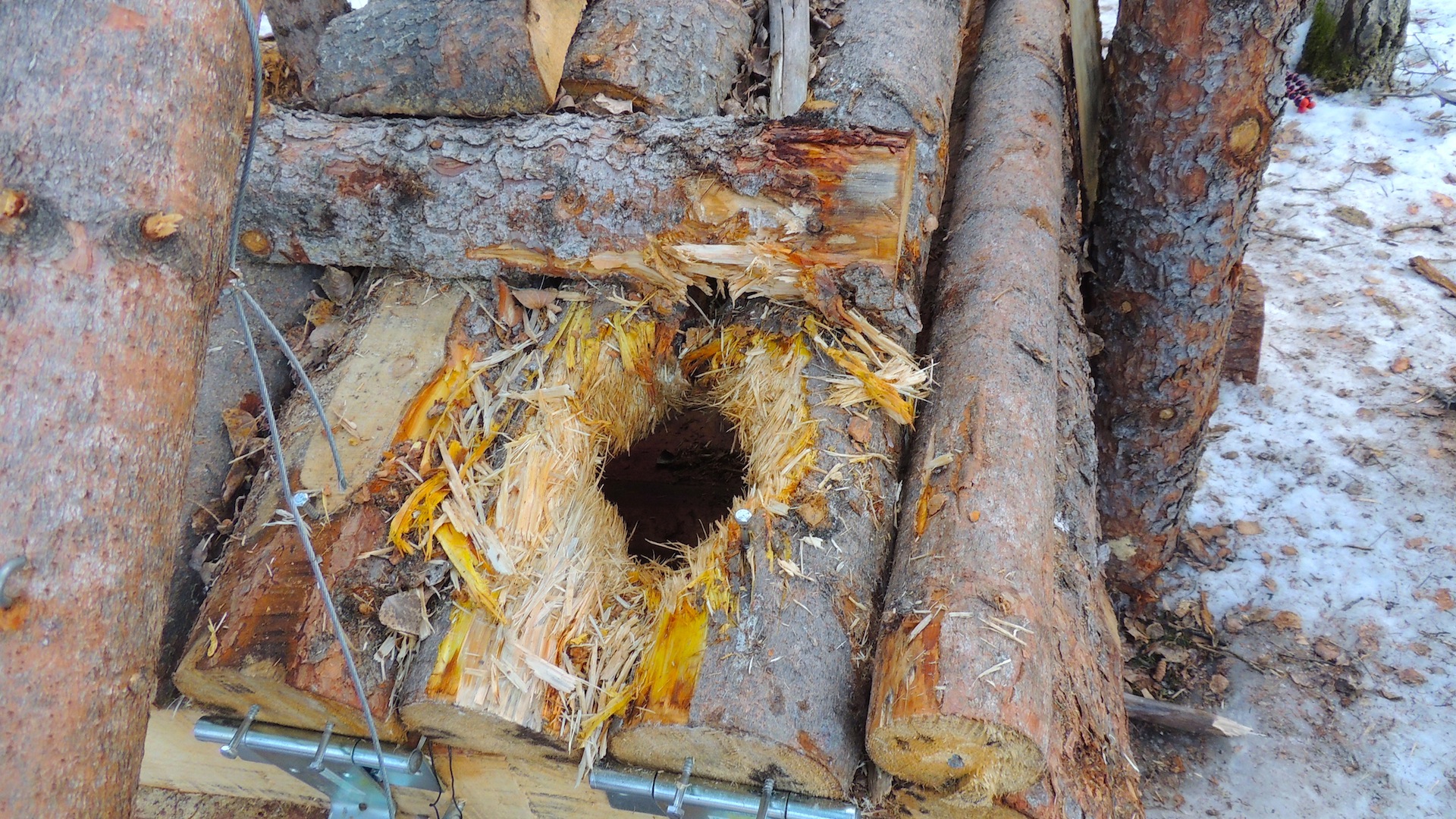
CG: “Do you have a favourite animal in Alberta that you’ve worked with? What makes that one in particular so special?”
I set out to capture a wolverine on a trail camera in 2009 and on January 22nd I got one! This individual has roamed the area ever since as I have been able to capture him on camera every year since, but have yet to confirm his existence this year. He often comes around late winter so time will tell if he is still in the area. This male wolverine has been the driving motivation behind my wolverine obsession. I think the wolverine is a perfect wilderness talisman, it’s fearless, driven, powerful, and mysterious. Until more recently, very little was known about wolverine ecology around the world. This has improved with significant technological advancements in satellite collars and trail cameras. Trail cameras are the perfect tool for researching wolverine.
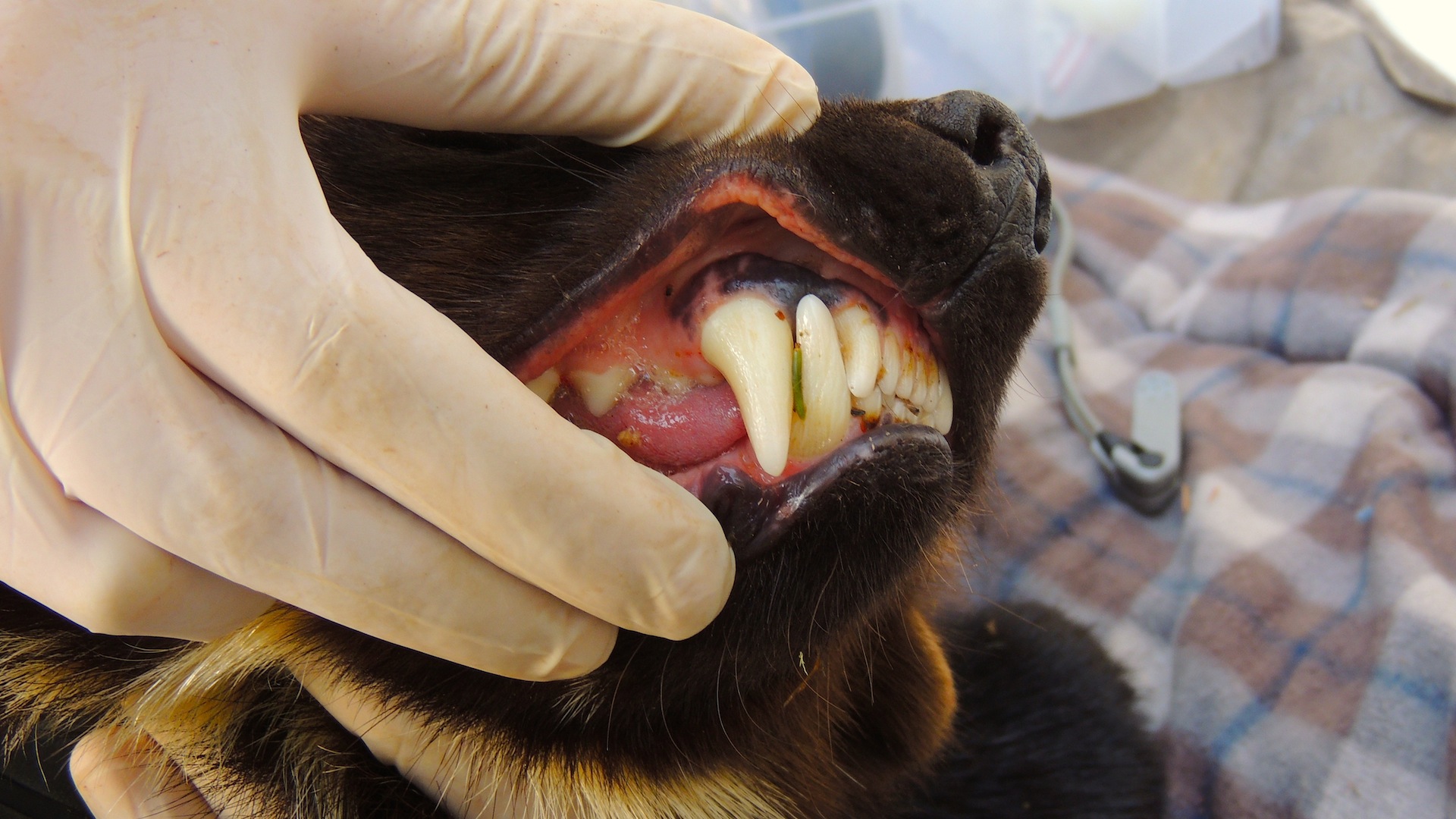
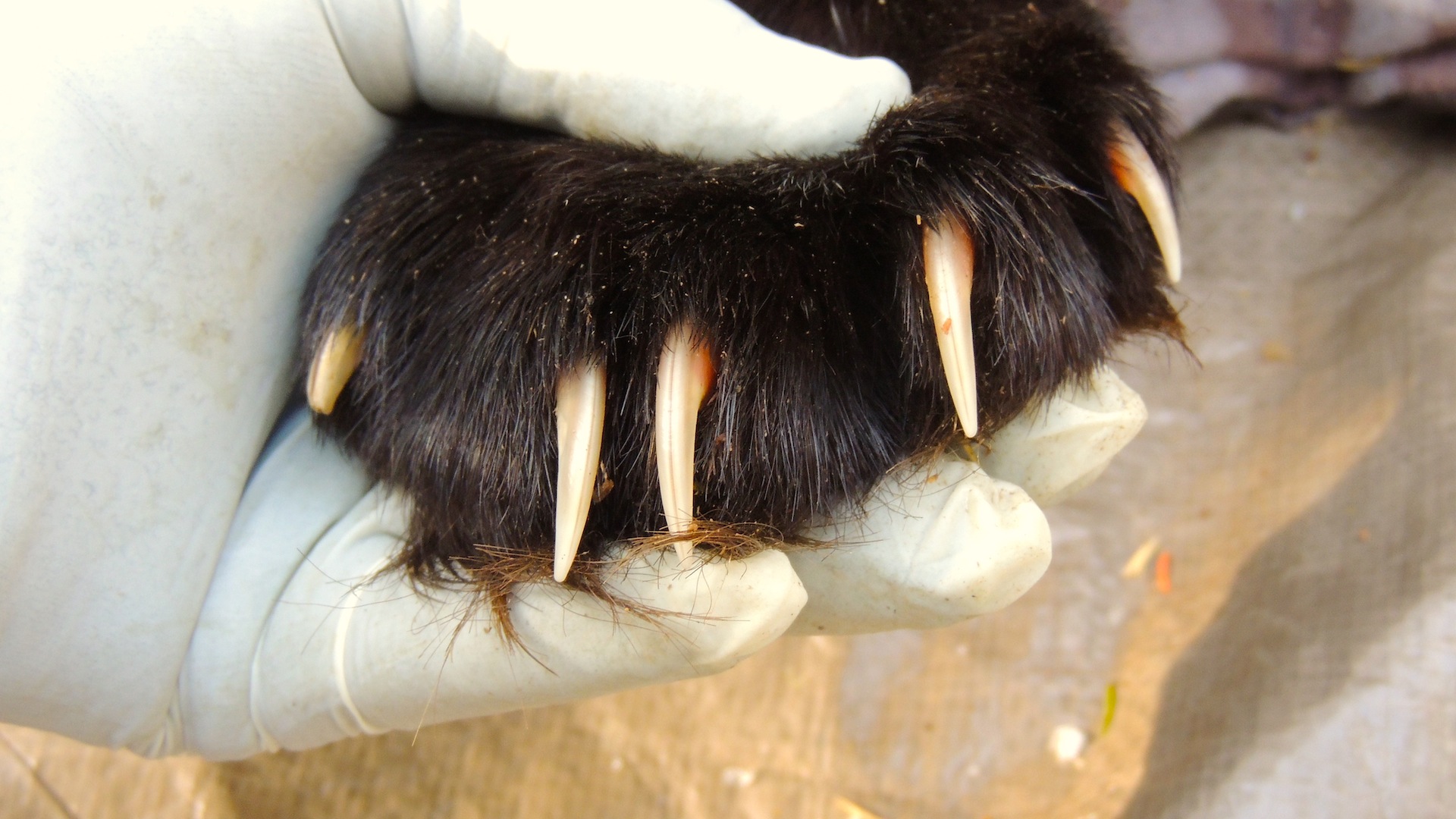
CG: “Do you have a favourite area of the province that you work in? What stands out about that area for you?”
The southwest, it’s so diverse in species and has a wide variety of habitats.
CG: “Do you have any interesting, scary, or memorable close-calls with a wild animal that you could share?”
Nothing comes to mind in particular, the more memorable moments I would say involve observing a wide variety of wildlife “dancing as if nobody was watching”, just acting as they would normally. My occupation definitely allows me to experience things I wouldn’t otherwise, but a lot of those experiences present themselves outside of work, while I am hiking, camping, angling, or hunting. You might be in a very picturesque location, it’s a beautiful day, you might have the place to yourself or you have a few close friends along and you witness something amazing. It’s those moments that motivate me and make me crave more.
Grizzly Bears often get ones attention however, particularly when there are close encounters. I’ve witnessed a Grizzly put a chase on Mountain Goats in what should only be goat terrain, goats falling into the remnants of snow below the cliff, the bear coming out empty handed and then sliding down a snowy chute towards us, a bit too quick for our comfort as our hiking boots were drying in the sun and he was just looking for a potential meal. It all ended well as the bear stopped its slide before reaching the bottom and continued to traverse the scree slope away from our location. I will never forget that one!
This past summer just as the sun was setting, we were angling a high mountain lake and we heard rocks tumbling off the top of the ridge, we look up and there came a Grizzly, down the steep mountain side towards us. Fortunately the bear sensed we were there, didn’t want to share the basin we were in, and turned around and walked out of site over the ridge. We were running out of daylight and just about to sleep the night there so it didn’t hurt our feelings any.
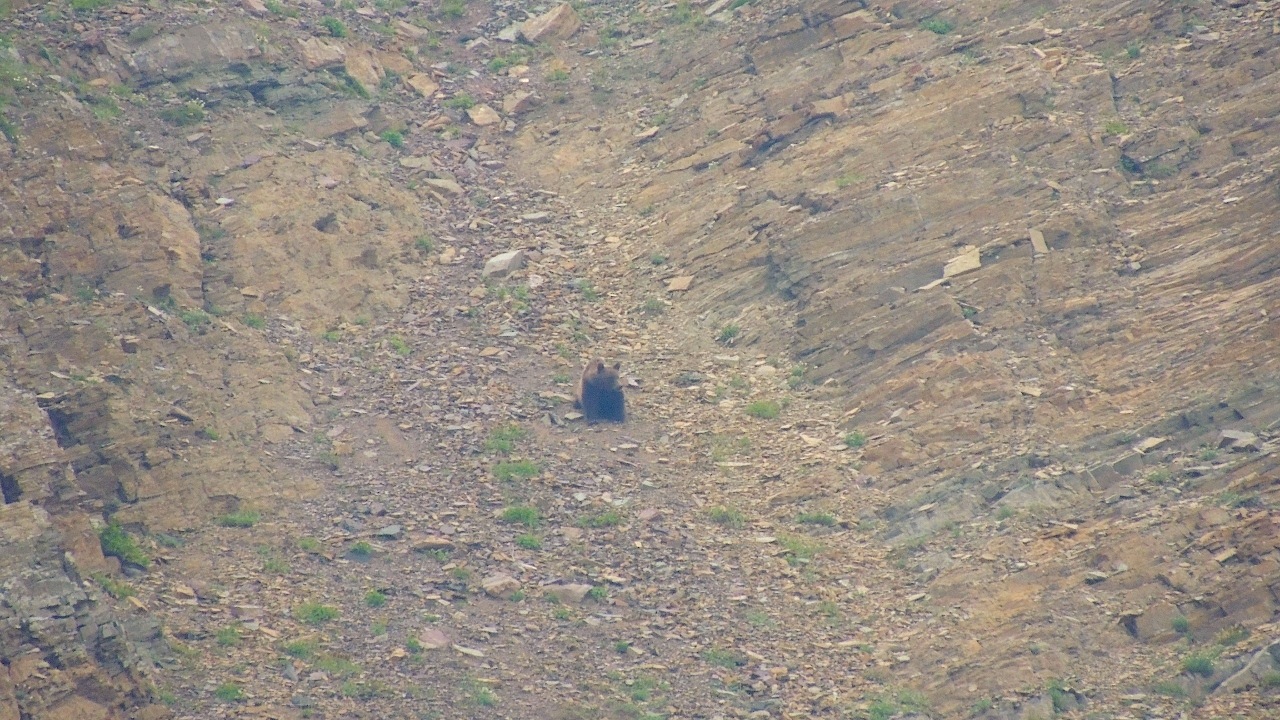
But if you are looking for an experience while on the job, another Grizzly Bear encounter comes to mind. We were sampling the Carbondale River, conducting a fish population estimate, and my neighbour at the time (Lloyd) and I were measuring and weighing the fish coming in from the other crew who were electrofishing the stretch of river we were sampling. I was just returning to Lloyd with a couple buckets of fish to sample when I look up and a large adult Grizzly was watching Lloyd from the other side of the stream bank. Lloyd had his back turned to the bear and didn’t know it was there. I shouted bear, made noise, Lloyd an elderly fella, was by my side in a flash and we waded down the river and informed the others of our situation. We all climbed up the bank where we had a visual of the area below. I was certain the bear would be attracted to our fish buckets, but he was only interested in continuing on his way up the valley. To do so, however, he had to cross where we set-up our sampling station. The bear wandered off and Lloyd told me he woke up the next morning with his bed covers on the floor, he had dreamt of bears that night, but you can tell he truly enjoyed the experience and didn’t mind the lack of sleep.
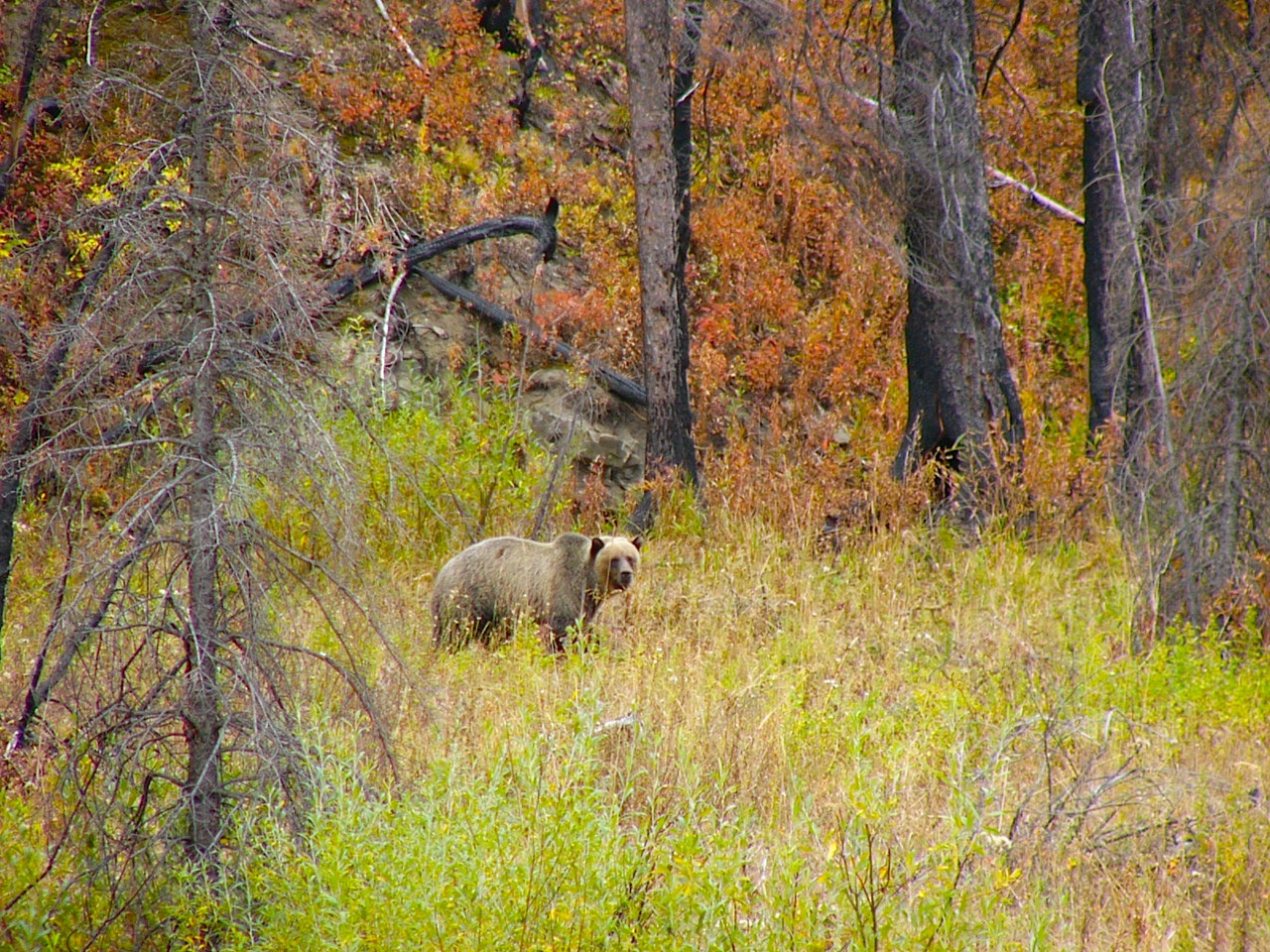
CG: “What’s the best part about your job?”
My job allows me to do and experience things I am passionate about. That keeps things interesting and it only adds to my attachment to our wild places.
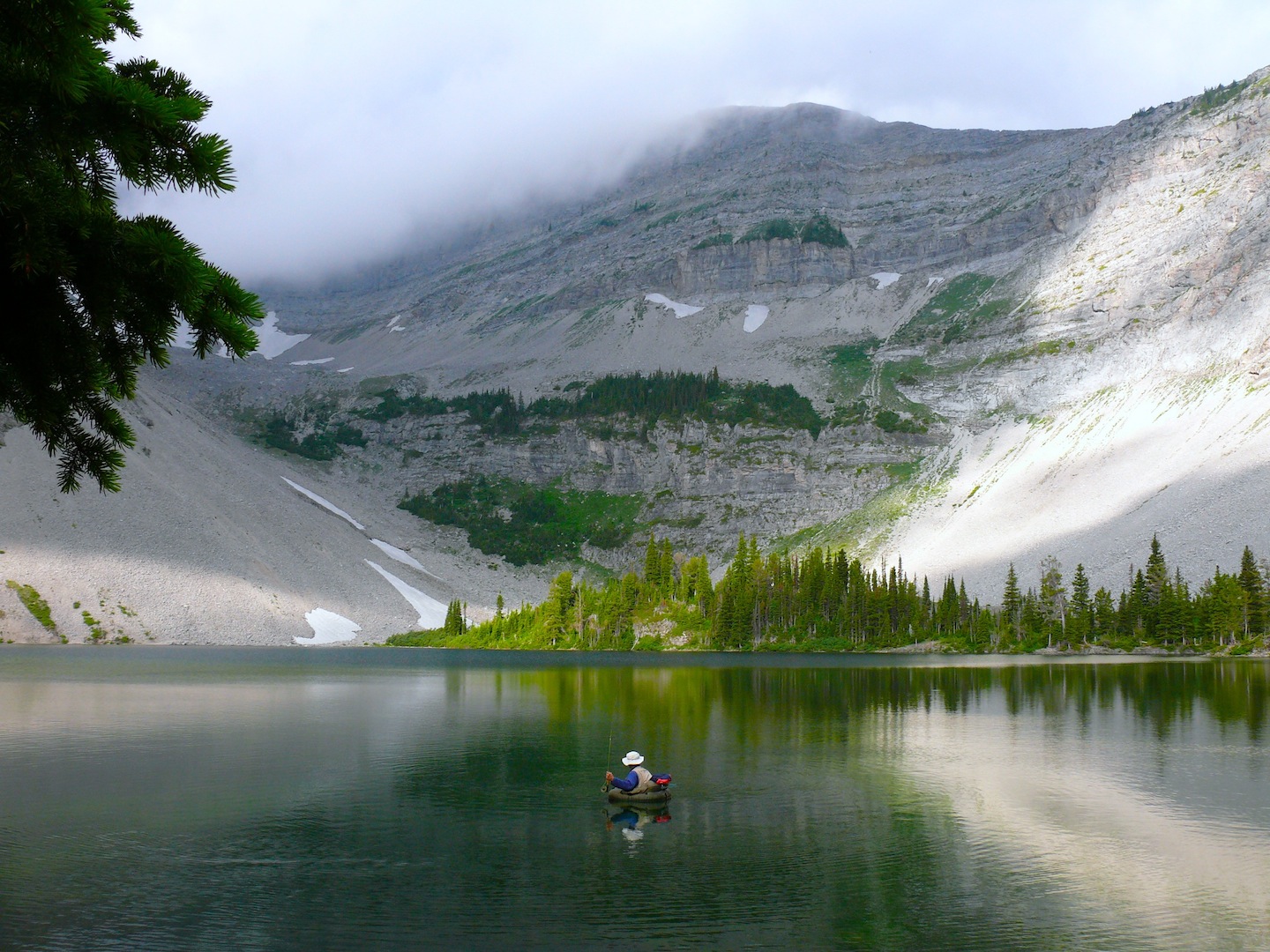
CG: “What made you get into this field of work in the first place?”
I worked construction for about five years or so in Calgary. I found myself heading to the mountains, hiking, biking, and camping more regularly. Growing up, I was always interested in fishing and anything outdoors, exploring the woods and I think my childhood roots finally kicked in and I decided to pursue a career in this field of work. I registered with the Environmental Sciences program at Lethbridge College and then onto the University of Lethbridge. During my summers while studying, I was fortunate to work on some extremely cool projects, largely based out of Canmore. I was tracking elk, sheep, bears, and cougars in the Bow Valley! Where a few years earlier I was asking myself, how does someone get paid to work in these amazing places with these amazing critters? I still don’t take that for granted, and every so often, I still tell myself how lucky I am to do the things I do.
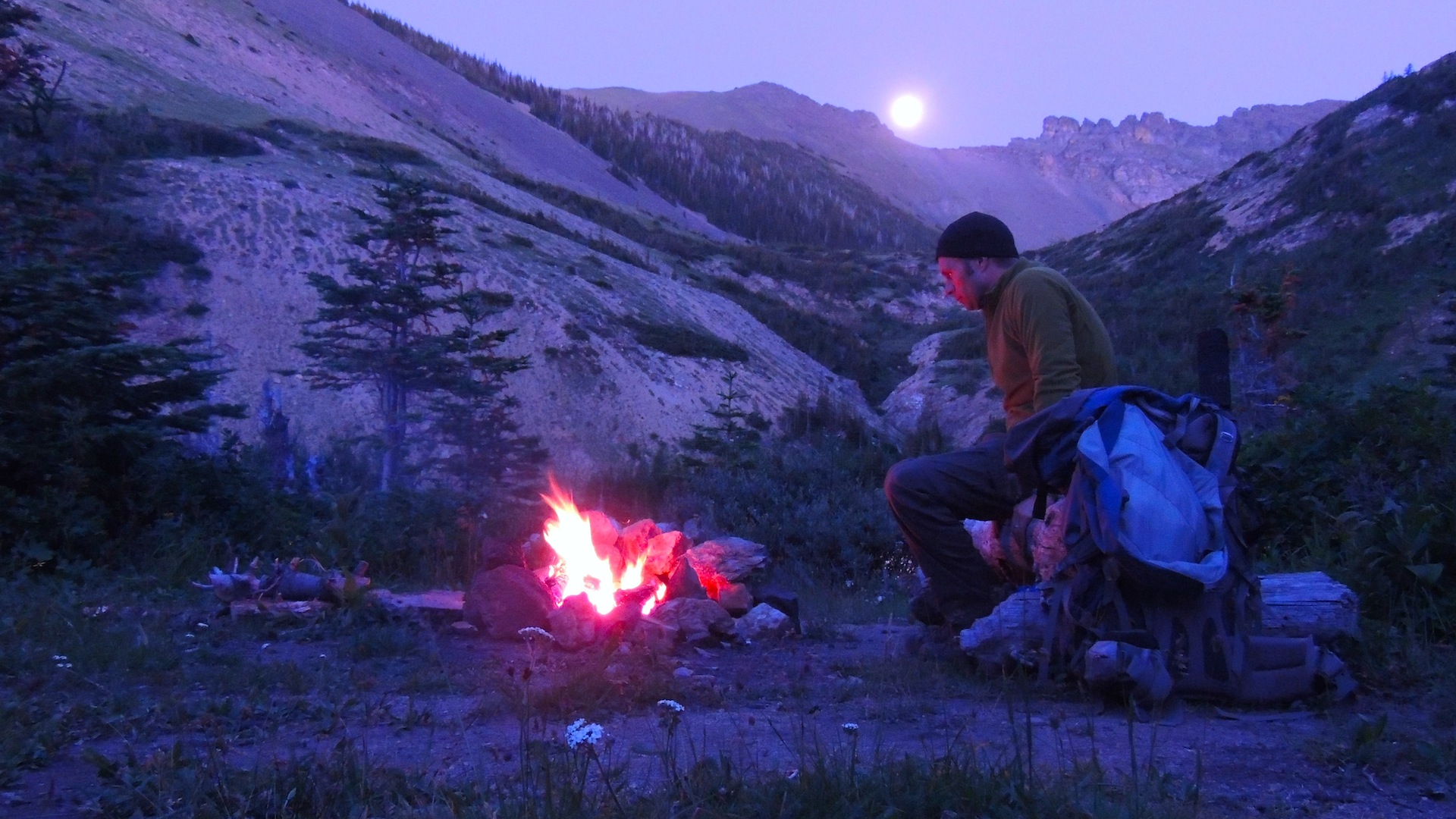
I want to take a moment and thank Michael Jokinen for sharing these wonderful stories and all of his amazing photographs. Without you none of this would have been possible. It’s interesting to hear a fresh perspective on Alberta’s wild places and the creatures that inhabit them and listening to your stories makes me want to get outside and explore more than I already do. I look forward to hearing more about your latest wilderness adventures. If you’d like to learn more about the ACA please visit their website, ‘Like’ them on Facebook, and follow them on Twitter, Instagram, and YouTube.
***
About this column:
Wild Jobs is a running series that focuses on people in outdoor-related professions. It provides a brief snapshot of their career and the duties that it entails. Please see my follow-up story, Wild Jobs Part Two: Wildlife Rehabilitation Technician to learn more.


